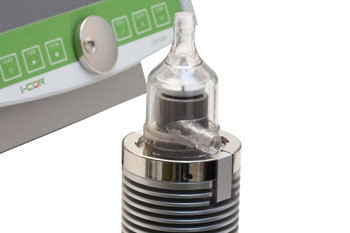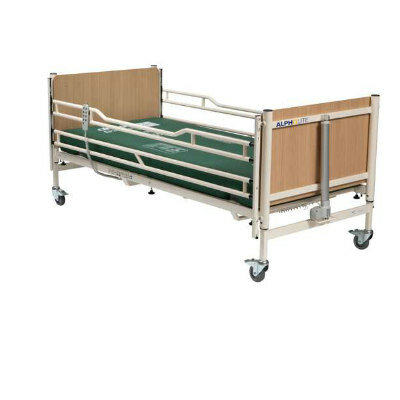Cardiac Assist System Protects Against Cardiogenic Shock
By HospiMedica International staff writers
Posted on 22 Dec 2015
An innovative synchronized cardiac assist system overlays an artificial heartbeat over a natural weakened heartbeat, thus providing a direct cardiac-assist modality.Posted on 22 Dec 2015
The XENIOS i-cor synchronized cardiac assist system uses a miniaturized pump to provide physiological beat-to-beat cardiac assist and concomitant synchronized electrocardiogram (ECG)-triggered pulses that are superimposed over the patient’s weakened heartbeats. The combined myocardial protection and organ perfusion assist the weakened heart to significantly improve coronary blood flow and limit afterload, when compared with conventional methods.

Image: The XENIOS i-cor Synchronized Cardiac Assist System (Photo courtesy of XENIOS).
The system is designed to be a less invasive, more physiological treatment that helps preserve endothelial function and ensure adequate tissue perfusion, which is essential to maintain individual organ function and prevent multi-organ failure. The oxygenating power of the i-cor is also designed to offer physiological circulatory support, protection, and safety during interventions in the cardiac cath lab, as well as for the management of cardiogenic shock in the intensive care unit (ICU). The i-cor Synchronized Cardiac Assist System is a product of XENIOS (Heilbronn, Germany).
“The i-cor system is the world’s first to synchronize mechanical circulatory support with the patient’s weakened heartbeat. We are able to superimpose or overlay an artificial heartbeat over each weakened heartbeat,” said Georg Matheis, MD, managing director of XENIOS. “This advance not only makes possible new therapy options for patients who are suffering from cardiogenic shock, but also is designed to bridge patients across high-risk interventions in the cardiac cath lab.”
“Patients with cardiogenic shock have a very high mortality rate; in fact, cardiogenic shock as the result of a heart attack is a medical emergency, resulting from an inadequate circulation of blood due to primary failure of the heart ventricles to function effectively,” said Juergen Boehm, MD, managing director of XENIOS. “As this is a type of circulatory shock, there is insufficient perfusion of tissue to meet the demands for oxygen. We are pleased that interventionists will now have a powerful new treatment with which to reduce morbidity and mortality from cardiogenic shock or high-risk interventions.”
Related Links:
XENIOS














